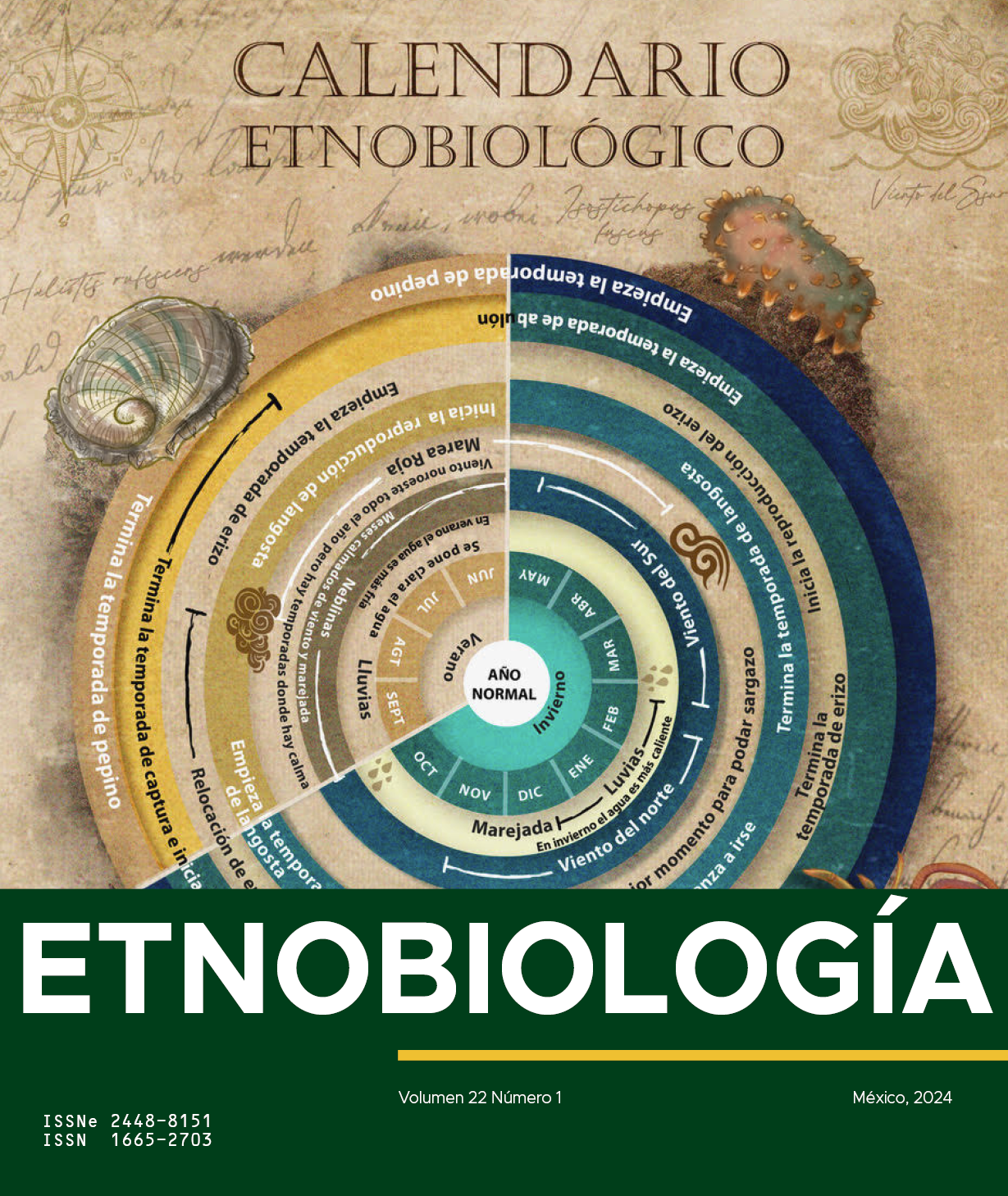NOPALES, TSITUNI, COLORINES AND CAPULINES. BIOCULTURAL HERITAGE THAT IS CARED FOR AND EATEN IN MORELIA, MICHOACÁN, MEXICO
Abstract
People establish environmental and cultural relationships with the plants with which we share spaces in urban and peri-urban contexts. Some of these living beings most affected by urbanization, the city's growth, and its policies are perennial native plants and other long-lived local plants, for which we need space and a commitment to maintaining them in the future. These plants include the diversity of trees, shrubs, agaves, nopales, and vines that we urbanites live with daily. This work addresses the questions: what are the long-lived (perennial) food plants in Morelia, and how are they used? By whom and how are they cared for? How can these beings be considered a legacy for life care in the urban and peri-urban contexts of this and other cities? The general objective of this work is to understand the relationships and contributions of native and local trees and other long-lived plants to the diet and living heritage of the city of Morelia. Through the bibliographic review, participant observation, agroforestry transects, and informal and in-depth interviews, we describe forty-one of the main perennial plants used for food in the city and its surroundings, as well as the people and groups that carry out their activities care and that they use them in food. We discuss the relevance of this biocultural legacy for life in the urban context.


